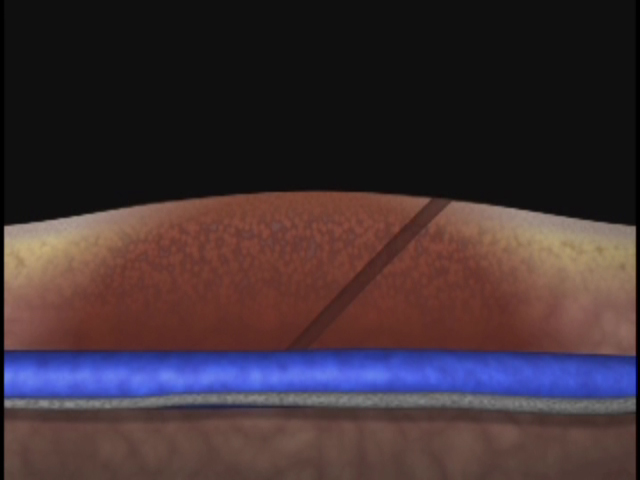Eight Questions Every Phlebotomist MUST Answer Correctly: #3
Do you perform a two-point check for bleeding?
by Dennis Ernst • March 01, 2021

Question: Do you perform a two-point check for bleeding after every venipuncture?
You're in a hurry. You have three more patients to draw before the end of your shift. If you miss your bus home, you'll have to wait at the stop for an hour to catch the next one. There's no time to waste, so you blitz from room to room in your usual end-of-day rush, reducing the steps of a routine venipuncture from twenty to five: identify, draw, label, bandage, sprint. You've finished all three in record time, dumped the samples off at the lab, clocked out and made it on the bus just as the door was closing. Whew.
The next day, your supervisor calls you into her office as soon as you arrive to tell you about the patient who bled into his arm for hours after your venipuncture before anyone noticed the swelling. There was so much blood infiltrated into his tissue he developed compartment syndrome, and had to have an emergency fasciotomy in which his forearm had to be surgically opened to release the pressure in order to save the limb.
Do you think this couldn't happen? Think again.
If you've ever rushed through a venipuncture, this could easily happen to your patient. According to the Clinical and Laboratory Standards Institute's (CLSI) venipuncture standard, those who draw blood samples must check that bleeding has stopped for 5-10 seconds before bandaging the patient. Never rely on a tightly applied bandage to continue adequate pressure while you catch your bus.
The only way to be as certain as you can possibly be is to perform a two-point check: remove pressure and 1) observe the puncture site for superficial bleeding and 2) hematoma formation, i.e., the raising or mounding of the tissue that indicates the skin has sealed but the vein has not. If either are noted, apply additional pressure and resolve that you're going to miss your bus. You get to spend time reading at the bus stop and your patient gets to keep his arm. It's a good trade-off.
After removing the needle from the patient, cooperative patients can be asked to apply pressure. Just remember, it's your responsibility to make sure adequate pressure is applied. As you mix and label the samples, observe the pressure being applied by the patient is constant and adequate. If not, apply it yourself. Most patients will stop bleeding after a couple minutes, but don't assume most patients are like most patients. Those who draw blood samples don't always know if the patient is on blood thinner or taking aspirin for their heart, which reduces platelet activity and can prevent punctures from sealing as quickly as those who aren't medicated. Assume all your patients will take longer to stop bleeding than normal.
After sufficient time has passed, observe for bleeding. Rushing this important step is risking catastrophic consequences for your patient. If bleeding or hematoma formation is observed, additional pressure is necessary, and a second observation of a much longer duration is required to gain assurance bleeding has been arrested.
A realistic estimate for performing a venipuncture is about six minutes (from entering to leaving an inpatient’s room). If your time is significantly less, make sure you're not cutting corners when it comes to making sure bleeding from the venipuncture site has stopped.
Correct answer: Yes. I always perform a two-point check for bleeding before bandaging every patient. I check for bleeding from the skin and also bleeding into the tissue, which can be detected by a raising or mounding of the tissue beneath the puncture when I remove pressure. I take at least 10 seconds to make this observation every time.
Anxious for the rest of the questions? I've compiled all eight into one of our most popular downloads, "Eight Questions Every Phlebotomist Must Answer Correctly."
Related Posts and Information
overall rating: my rating: log in to rate
nerve injury YouTube post-venipuncture care pressure risk
